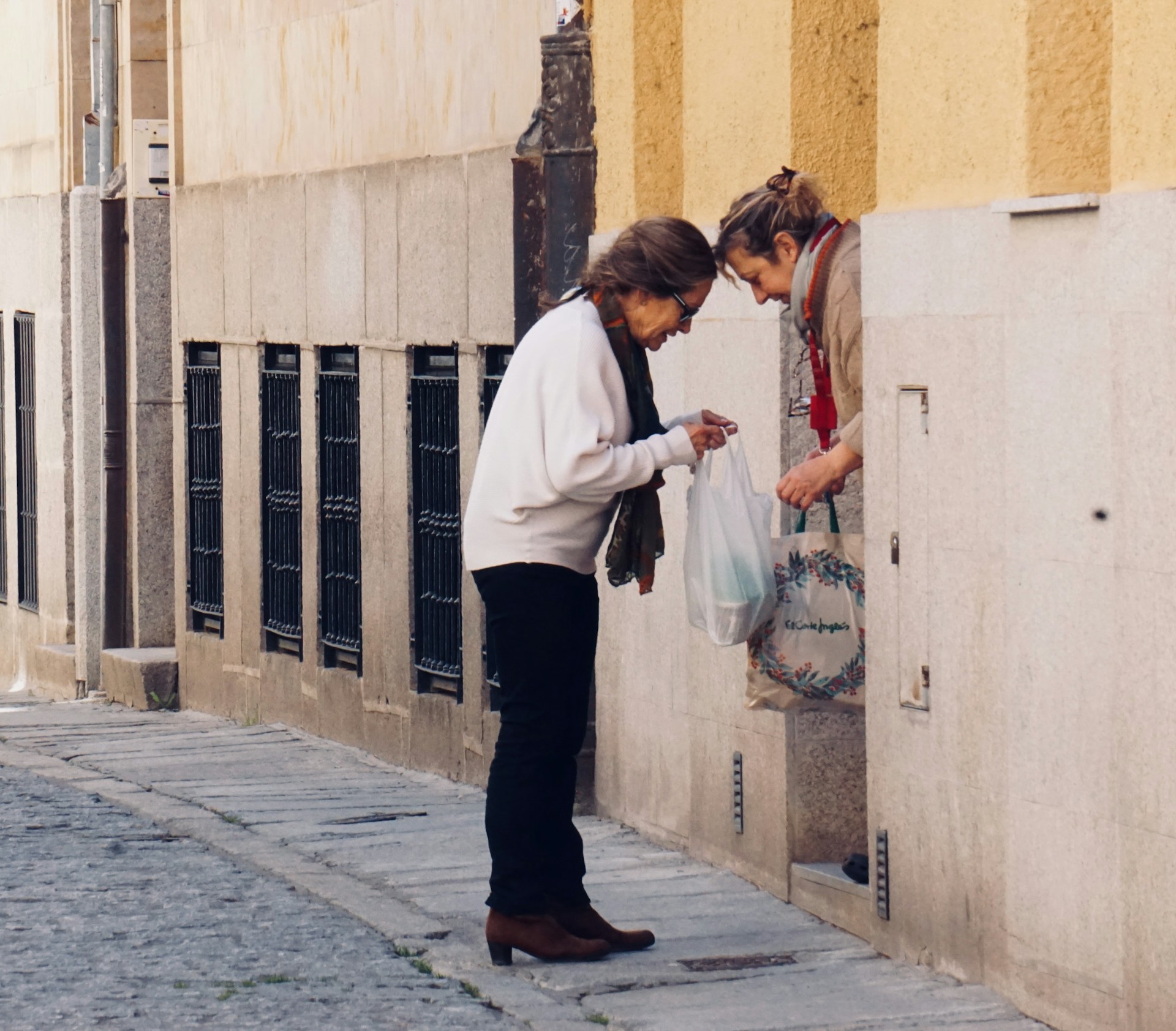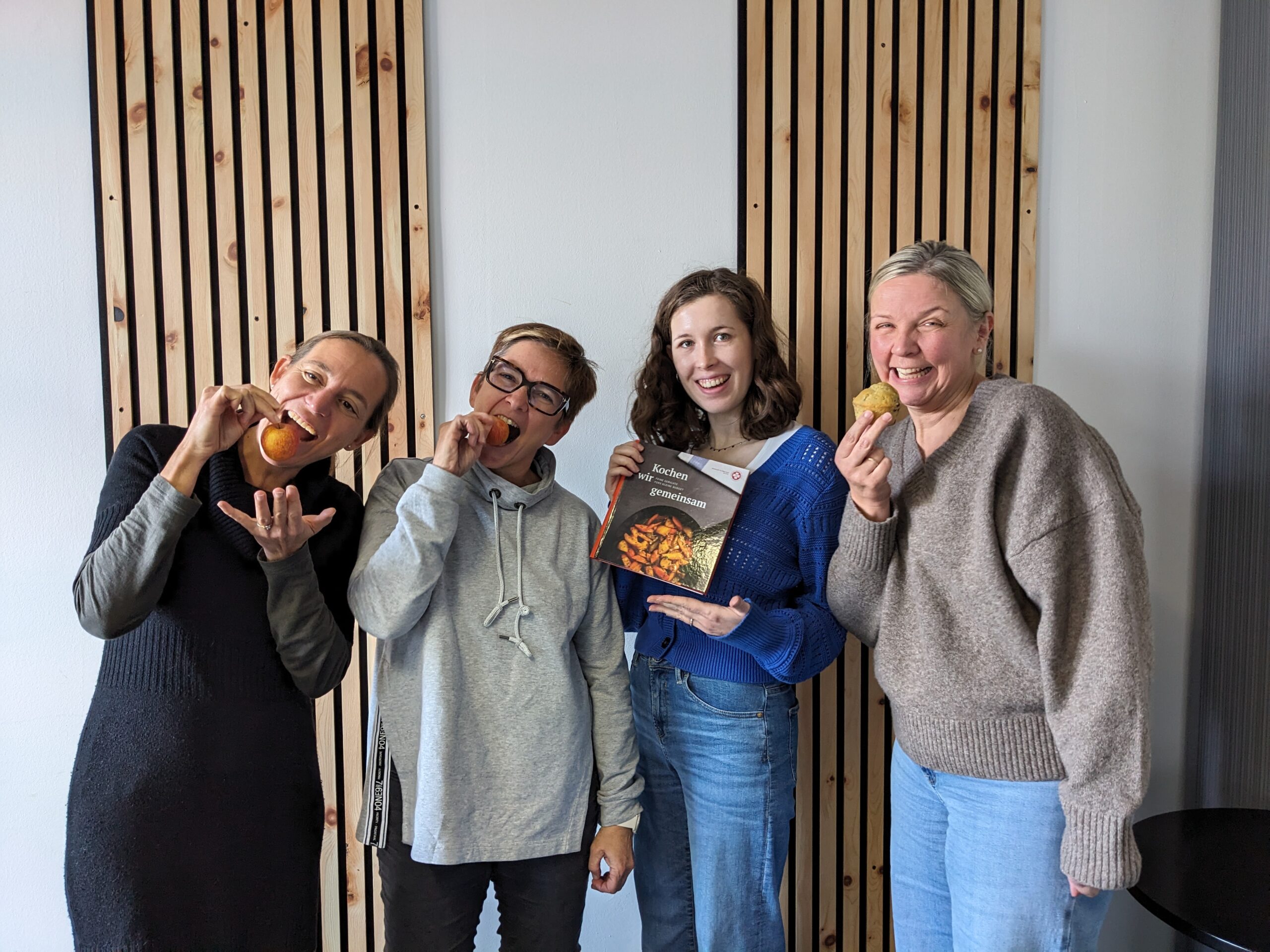Research and Insights
Consumer collectives drive circular change

From repair cafés to food-sharing groups, consumer collectives bring people together to share resources, skills, and values. A new study has highlighted their potential to support systemic change and enable communities across Europe to adopt circular lifestyles.
Consumer collectives play a key role in spreading circular consumption
Collective consumption plays a significant role in promoting circular economy, according to research published in the journal Sustainable Production and Consumption in January 2024. The study, conducted by Roosa Luukkonen, Elina Närvänen and Larissa Becker, reviewed 145 research articles on circular consumption. They identified that consumer collectives are central in challenging existing institutions and spreading circular economic initiatives more broadly across society.
“Consumer collectives allow for social interaction and social learning that are crucial aspects in the transition to more circular consumption patterns,” says Elina Närvänen, professor of services and retailing at Tampere University, head of the Wastebusters research group and coordinator of the EU-funded CARE project. Närvänen, who co-wrote the paper, points out that our daily habits are informed by cultural values and ideals that are largely shared by others. This is reflected in circular consumer collectives, defined as groups of people sharing their resources, skills, and values. “As an example, how often we wash our clothes is related to the socially shared norms about cleanliness and hygiene. In a collective setting, we can learn from others that it is perfectly fine to just air your clothes or remove a stain rather than wash them,” she explains.
Conduits for circular consumption
Individuals and consumer collectives were found to influence each other in four ways: by shaping group characteristics, sharing capabilities, fulfilling social needs, and changing behaviors. According to Närvänen, people have various motivational reasons to join and participate in circular consumer collectives. “A feeling of belonging to a group of like-minded others that share the same values may be motivating. On the other hand, some people may be motivated to help and guide others by sharing their own experiences,” she says.

Collective action starts early: sharing skills, creativity and everyday moments builds community. | Photo by Daria | Pexels
As individuals bring their own backgrounds, values, and motivations into consumer collectives, they also influence communities by sharing their skills and creativity. For instance, repairing and upcycling require creativity, and sharing knowledge about sustainable consumption helps the collective evolve. “These may range from very practical things like getting knowledge and best tips, or even the access to tools and resources to more personal or symbolic aspects related to, for example, social identity,” Närvänen explains.
Consumer collectives can also foster feelings of well-being and commitment. They enable change by offering peer support, tangible resources, learning opportunities, and alternative ways of thinking. This creates a positive cycle in which sustainable lifestyles spread and strengthen. Närvänen argues that behavior change and diffusing circular initiatives are the crucial mechanisms of influence within consumer collectives. “These are very concrete aspects of how collectives can be the conduits or platforms for circular consumption. But of course, the collective perspective would be important to integrate further to the policy-making level as well.”
Supporting circularity through consumer collectives
Collectives do not operate in a vacuum. Their activities are shaped by societal values, norms and realities. In supporting circularity, Närvänen raises the question of how to better integrate consumer collectives as part of local, regional, national and EU-level policymaking.

From sorting clothes to shaping solutions: community-driven practices contribute to circular living. | Photo by Julia M Cameron | Pexels
So far, it has been common to target individual consumers through awareness campaigns. Her first advice would be to try and target collectives instead. She also highlights the potential of using financial or tax incentives to encourage participation in consumer collectives. For instance, in the UK, the Welsh government funds repair cafés that are open to everyone and this concept is by its nature, quite communal in spirit. In Sweden, there is a municipally owned recycling mall ReTuna, which not only helps consumers buy used products, but also educates them on circularity.
For businesses that operate in the circular economy, Närvänen says that partnering up with consumer collectives may help them develop new concepts and services that better meet their needs. This can also support the business through increased customer loyalty.
The aim in the CARE project is to develop concrete tools to help design interventions that take into account the collective dimension. According to Närvänen, expanding participation in consumer collectives is a crucial future consideration. “It is often those who are already interested in sustainability and circularity who become part of these collectives. Ensuring that consumer collectives are inclusive and do not alienate certain groups of people in society is an important topic.”, she concludes.
Join the conversation on circular living!
Have you worked with consumer collectives, peer learning or behaviour change? Are you researching or implementing circular strategies in households or local communities? We invite researchers, practitioners, municipalities and changemakers to connect with us on social media, at events or directly. As we are always open to collaboration, invitations and new ideas.
Together with CARE, we transform our world for the better.
Reference to the study: Roosa Luukkonen, Elina Närvänen, Larissa Becker (2024) ‘Consumer collectives in the circular economy: A systematic review and research agenda’, Sustainable Production and Consumption. Volume 45, pages 281-293 https://doi.org/10.1016/j.spc.2024.01.006
Header image: Photo by Beth Macdonald | Unsplash


